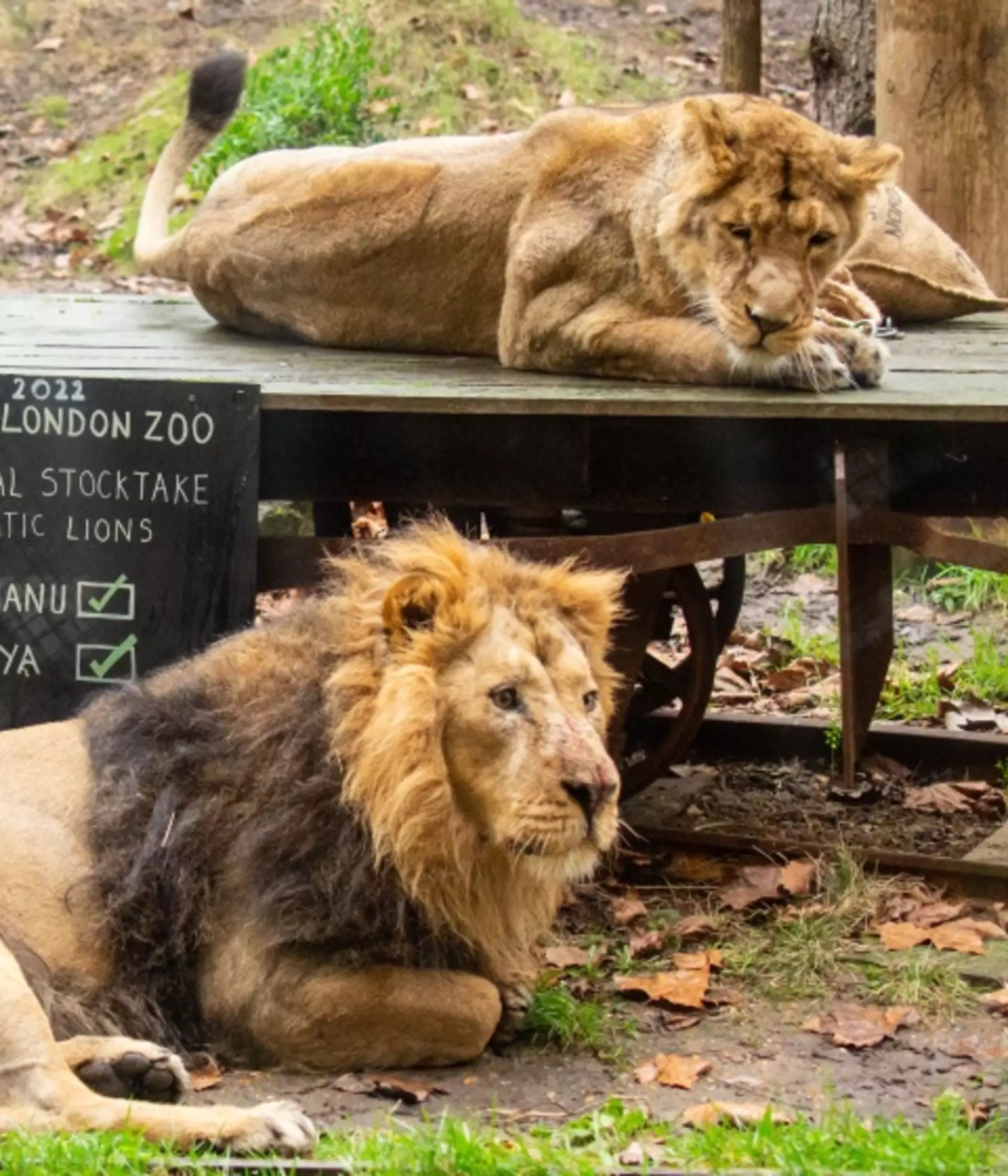Stories from London Zoo
Read the latest features from London Zoo!
From behind the scenes updates, to 'meet the zookeeper' features, we bring you exclusive access to the world's oldest scientific zoo. Discover more about London Zoo and our amazing animals. Plus, we'll give you some top tips for visiting, reveal fun animal facts, and tell you how you can get involved in our events and conservation work.
- London Zoo's spectacular reptile relocation
London Zoo's spectacular reptile relocation
29 February 2024join us on his journey from the historic Reptile House at London Zoo, to new digs over at the forthcoming Secret Life of Reptiles and Amphibians.
Ultimate animal-fun day out at the Zoo
18 September 2023The best ways to immerse yourself in wildlife at London Zoo
- Leaves are falling, the Zoo is calling
Five reasons to visit London Zoo this autumn
18 September 2023Join us as a member and enjoy free entry to London and Whipsnade Zoo for a year
5 ways to enjoy the sunshine at London Zoo
18 September 2023Find out the best ways to enjoy the sunshine at London Zoo
- 11 must-see animals with very royal connections
11 must-see animals with very royal connections
28 April 2023Surprising animal facts about our regal species that share a connection to the crown.
- New To Nature Work Placement Opportunity
Community and Learning Trainee
- There’s so much to see and do this spring
Don't miss fun-packed activities at London Zoo in spring
20 March 2023Don't miss fun-packed activities at London Zoo in spring
- The Secret Life of Reptiles and Amphibians is opening soon!
Behind the scenes: Making The Secret Life of Reptiles and Amphibians
1 January 2023Behind the scenes: Making The Secret Life of Reptiles and Amphibians
